Finding and establishing your brand’s voice
When a company knows exactly who they are, consumers are never left wondering if what they’re reading came from a brand.
Aldi UK’s voice feels spontaneous, and they’re willing to make the ultimate dad joke:
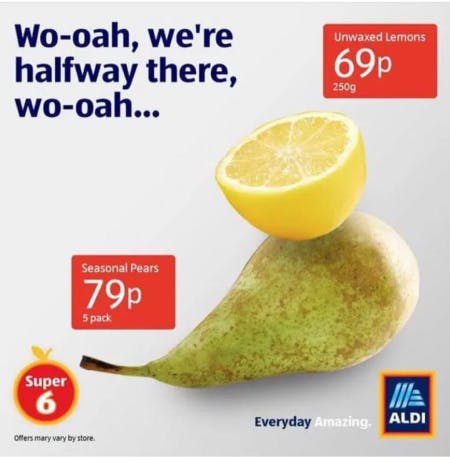
It is clear that Palace Skateboards doesn’t take themselves too seriously:
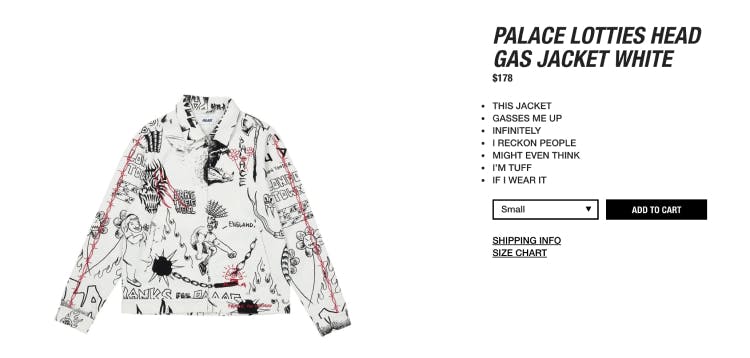
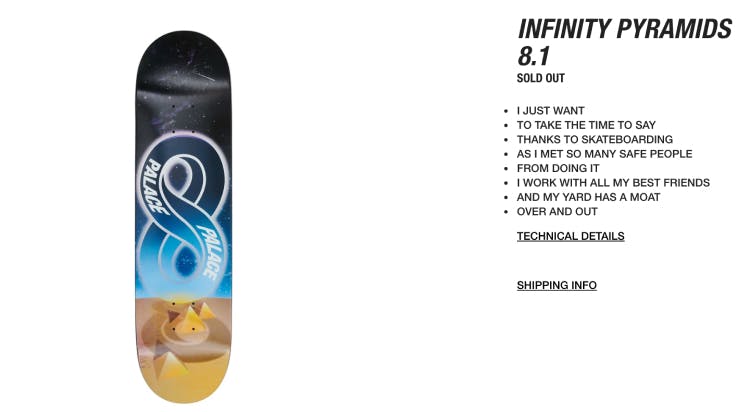
Who Gives a Crap? embraces potty humor (their blog is even named “Talking Crap”):
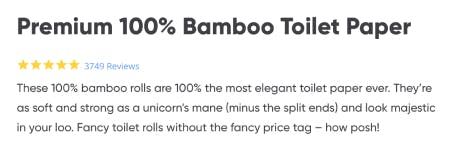
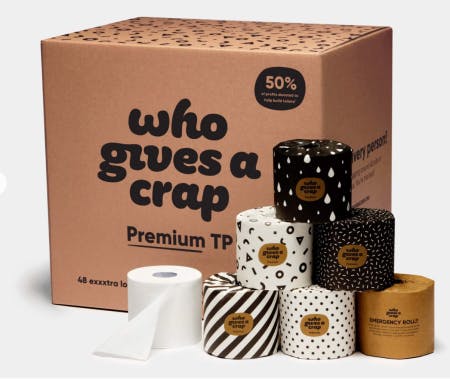
Without showing you any text, my guess is you know the difference between the voices of State Farm, Progressive, and GEICO insurance companies.
And in April of last year, the processed meat company Steak-umm came out of the freezer aisle and proudly showed the world that they’re science-backing, straight-shooters.
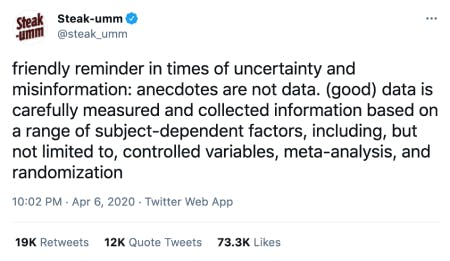
But when a company doesn’t know who they are or has trouble differentiating itself from the competition, its voice is muddled. I don’t want to point fingers, but I think we can all come up with companies (entire industries?) without distinct voices.
Unfortunately, when a brand lacks a voice, it lacks identity, which makes it harder to market their products and services.
But having a brand voice is hard!
You’re right, it is.
Marketing asks a great deal from a brand. There are metrics and conversion goals and so much else that often voice is pushed aside for other priorities. When you’re thinking about fitting two keywords into a seven word display ad, it’s easy to forget the brand’s voice while figuring out those other five.
There’s also the difficult task of keeping voice consistent across a brand. It can feel like playing whack-a-mole when different departments have their own communication teams. Heck, even when all marketing and communications are centralized for a brand, it can still feel like herding cats getting everyone on a team to sound like a single speaker—social media accounts, advertising, videos, print materials, email campaigns, the website, and more.
Finding your brand’s voice
The first step is to figure out exactly who your brand is and where it fits in its market. If you’re a skateboard company like Palace, are you focused on the extreme sport aspect or on community building? You would expect the words intense or fierce to be used on the extreme skateboard site, while words like friends and fun would dominate the community-focused skateboard site.
The next step is to ask your customers who you are and how they see you in the market. You will learn a lot about your brand by listening to the responses to these questions. After you’ve listened, incorporate this information into brand’s identity.
The final step in finding your brand’s voice is to test the waters. Write a handful of blog posts or social media posts and test out your options. What feels authentic? What works well with your audience? What flops?
This process isn’t something that happens in a week. Try your best not to rush through the process. Listen and iterate until you have the best voice for your brand.
Keeping your brand’s voice
Once you know your voice, you’ll need to decide who or what is the keeper of that voice. And like the Highlander, there can only be one. Smaller companies may have a person in the marketing department who is responsible for reviewing all company communications before they are released into the world (newsletters, blog posts, social media posts, development materials, etc.). Larger companies tend to produce formal style guides that all employees must use when writing on behalf of the brand. In 2021, most of these style guides are digital and are combined with other brand assets (logos, color schemes, design guides).
If more than one person in your company is writing on behalf of your brand, you must train all communicators on the voice of the brand. Provide examples, and create opportunities for the trainees to practice using the brand's voice in different situations. It’s good to have training refresher courses once a year to keep non-brand language from slowly creeping in to writing.
A brand's voice can always change
As this past year has shown us, brands can change. When change happens, re-evaluate the voice of your brand and potentially go through the process of discovering who your brand is in this new time. Keep what works and change what doesn’t—just don’t lose your voice.
Need help finding your brand's identity and voice? Vulcan is here to help.


